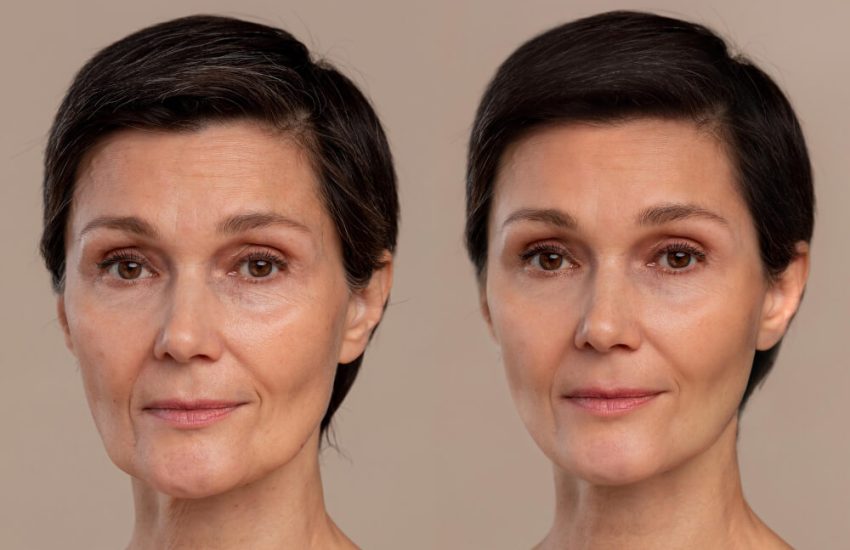Periodontal Scaling & Root Planing: A Guide for Patients
Visiting a dentist is probably not something that gets you excited. It’s a common myth that you must book an appointment when you have a dental concern – You should see your dentist twice a year. There are many renowned clinics that offer dental care for residents of Burlingame, and you could schedule a visit as a part of preventive care. If your dentist recommended scaling and root planing, which left you with more questions, we have a guide below that will come in handy.
Benefits at a glance
- The purpose of scaling and root planing is to remove plaque and etiologic agents responsible for gum inflammation and eventually cause gum disease. If you have early signs of gingivitis, the procedure is quite an effective option for cleaning the periodontium. There are several advantages of these procedures, including –
- Preventing disease: Bacteria in your mouth could trigger periodontal infections, and there is research that shows that periodontal bacteria could be linked to lung infections. Scaling and root planing remove bacteria and prevent gum disease from causing additional complications.
- Protecting your teeth: If you have deep gum pockets, you are at a higher risk of periodontal disease, which can eventually lead to tooth loss. During root planing and scaling, your dentist will remove tartar and plaque to help heal the initial symptoms.
- Cosmetic benefits: Besides the removal of tartar and plaque, root planing and scaling can also remove superficial stains. If you are concerned about the appearance of your teeth, you can talk to your dentist to discuss treatments like teeth whitening or veneers.
- Get rid of halitosis: If you have periodontal disease, you may suffer from bad breath caused by oral bacteria. The persistent bad odor can be hard to deal with, and your dentist may consider scaling to remove food particles and plaque.
The procedure
Scaling and root planing treatments may require local anesthesia. During scaling, the dentist will use an ultrasonic scaling tool to remove calculus and plaque from the gums and crowns. Additional irrigation further helps deliver antimicrobial solutions below the gums, which will help counter further bacterial growth. Root planing helps remove cementum and surface dentin. If you have deep pockets in your gums, you may need further antibiotic treatments.
When you return for a second visit, your dentist will check if the pockets have healed. Depending on the condition of your gums, you may need additional treatments. Make sure to ask for an estimate.




